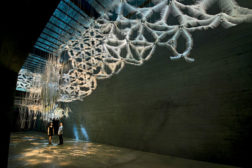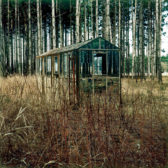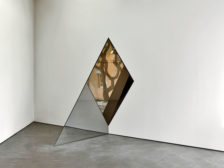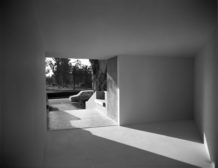Projects
Crossover Artist?
Frank Gehry weighs in on his friendships with artists, how he designs for art—and why he resists certain labels.
Read More
Beyond Gordon Matta-Clark
Contemporary crossovers between art, architecture, and preservation.
Read More
Copyright ©2024. All Rights Reserved BNP Media.
Design, CMS, Hosting & Web Development :: ePublishing







